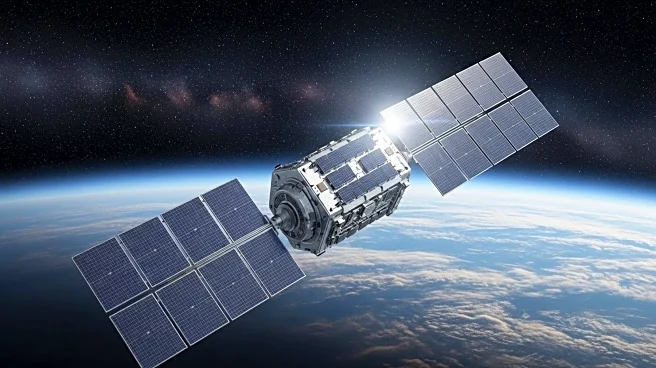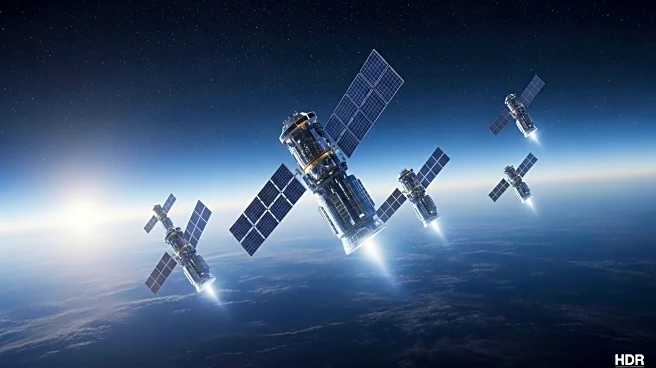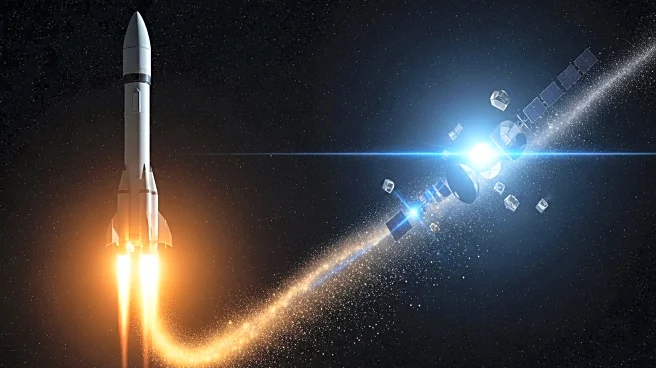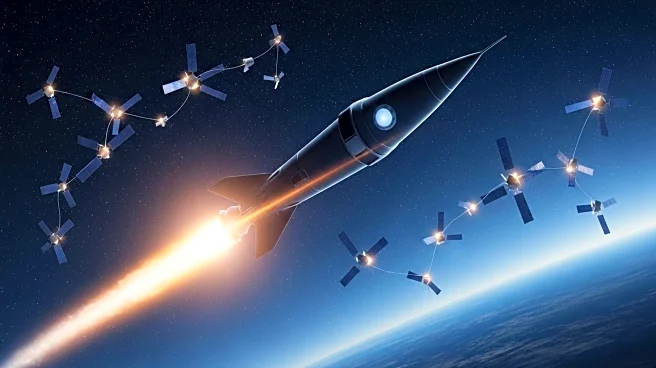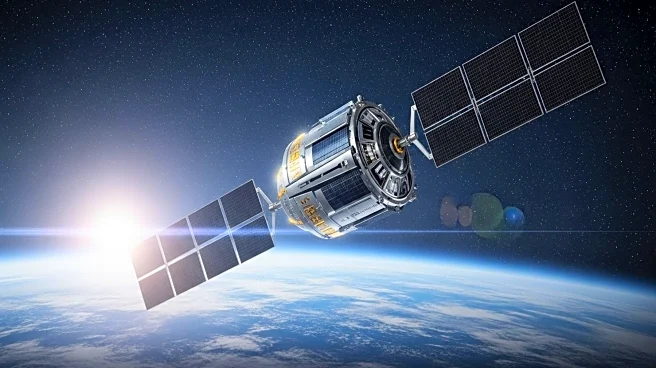What's Happening?
SpaceX has implemented a strategy to deorbit its Starlink satellites by allowing them to burn up in Earth's atmosphere, setting a new industry standard for reducing space debris. This approach addresses the long-standing issue of space congestion and promotes a sustainable space environment. By ensuring that satellites do not remain as inert hazards in orbit, SpaceX is paving the way for future satellite deployments by other companies. However, the environmental impact of this method, particularly the release of aluminum oxide during reentry, is under scientific scrutiny. These developments are sparking discussions about the responsible use of outer space resources and the need for environmentally-conscious advancements in satellite design.
Why It's Important?
The deorbiting strategy employed by SpaceX is crucial in preventing the accumulation of space debris, which poses risks to both existing and future space missions. As the commercial space sector continues to expand, sustainable practices like those demonstrated by SpaceX are becoming increasingly important. The environmental concerns associated with satellite reentry highlight the need for international regulations and treaties focused on satellite lifecycles and debris management. SpaceX's proactive approach could serve as a benchmark for other satellite operators, influencing global standards and practices in space operations.
Beyond the Headlines
The environmental implications of SpaceX's deorbiting strategy extend beyond immediate concerns, potentially affecting atmospheric and climatic conditions. The release of aluminum oxide during satellite reentry could have long-term impacts on the environment, prompting further research and policy discussions. This situation underscores the importance of balancing technological advancements with environmental responsibility, as the space industry continues to evolve. The broader conversation around geoengineering and sustainable space practices may lead to new collaborations and innovations in satellite design and deployment.




